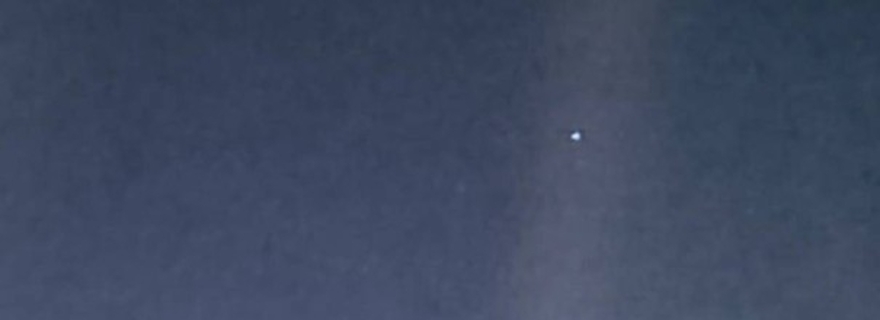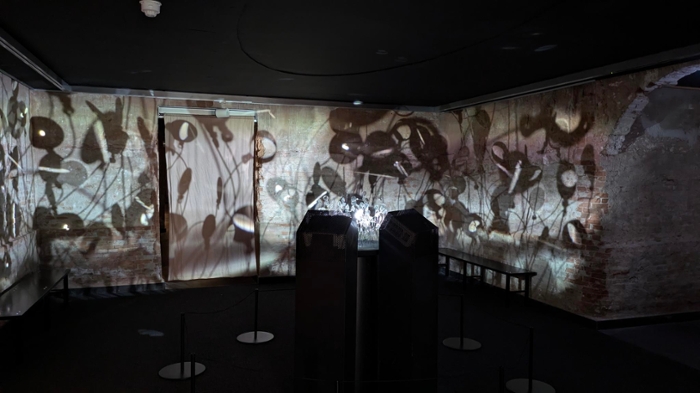
Astronomy for beginners: new minor opens up the universe to everyone
From telescopes to science fiction: in just one semester, students with no background in physics or astronomy get to explore the universe. The first group of students started last month in the new minor Our Universe.
‘Our research attracts a lot of attention, but our regular courses tend to be very technical and heavily mathematical,’ says lecturer Michiel Hogerheijde. ‘With this minor, we wanted to open the doors and share astronomy with a wider audience.’
A broad view of astronomy
Inspired by the American concept of general education requirements, the minor offers a wide-ranging programme — from the evolution of the universe and the search for extraterrestrial life to the technology behind telescopes and probes. Students work with real data, collect telescope observations, and run simulations. There is also room for the social and cultural dimensions of astronomy, from Stonehenge to science fiction.
Skills that apply everywhere
Astronomy requires a unique way of looking. ‘Almost everything we know comes from the light that reaches us. That means filtering the relevant information from large datasets and learning to think in orders of magnitude,’ Hogerheijde explains. Such skills are widely useful, even outside of science.
Astronomy requires a unique way of looking.
The minor attracts students from a wide range of disciplines, from Japanese Studies to Bio-Pharmaceutical Sciences. ‘I chose this minor because I wanted to do something fun,’ says Gentle, a Bioinformatics student. Boris, who studies Japanese Studies, has always been interested in physics and astronomy. ‘This was the only minor that didn’t require any prior knowledge.’
Debates without ready-made answers
A special part of the programme is the course Dilemmas in Astronomy, in which students take on roles such as an environmental activist or politician. Together, they discuss issues without clear-cut solutions — for example, whether to build a telescope in an ecologically sensitive area. ‘The process and the discussion are just as important as the outcome,’ says Hogerheijde.
Art and cosmos
Imagination also plays a role. In the course Imagining the Universe, students explore how art, science fiction, and astronomy influence one another. This includes a visit to the exhibition Plants and Planets, co-created by astronomer and lecturer Frans Snik. The exhibition aims to blur the boundaries between disciplines — and between science and art. ‘You enter as a human being and leave the Old Observatory as a resident of planet Earth,’ says Snik.

The exhibition makes a strong impression. ‘I had never been here before, so it was really interesting to see,’ says Usama (Bio-Pharmaceutical Sciences). His favourites: the AI tool that generates alternative life forms, and the classic film Powers of Ten. The exhibition presents the past, present, and future of “everything” — and provides inspiration for the next part of the course, in which students design a plausible life form on another planet.
Broadening perspectives together
While most of the teaching is done by staff from the astronomy institute, the students’ own perspectives are just as important. ‘We’re very curious to see what they bring from their own fields,’ says Hogerheijde. After all, astronomy is not just about the universe — it’s also about how we look at it.
